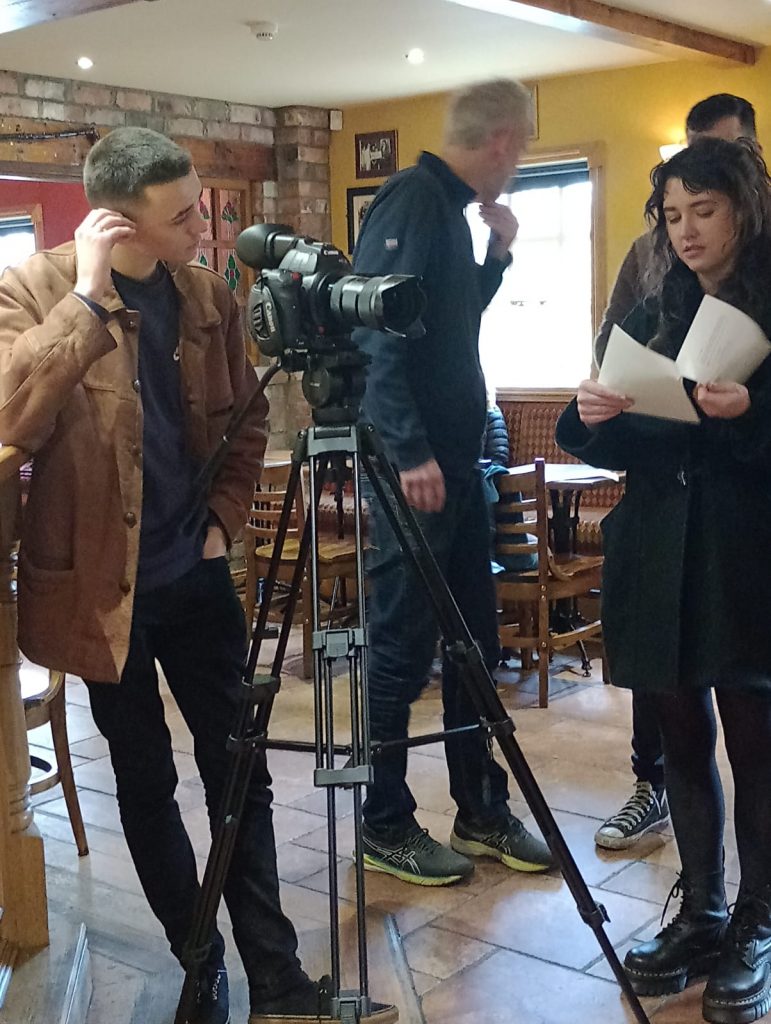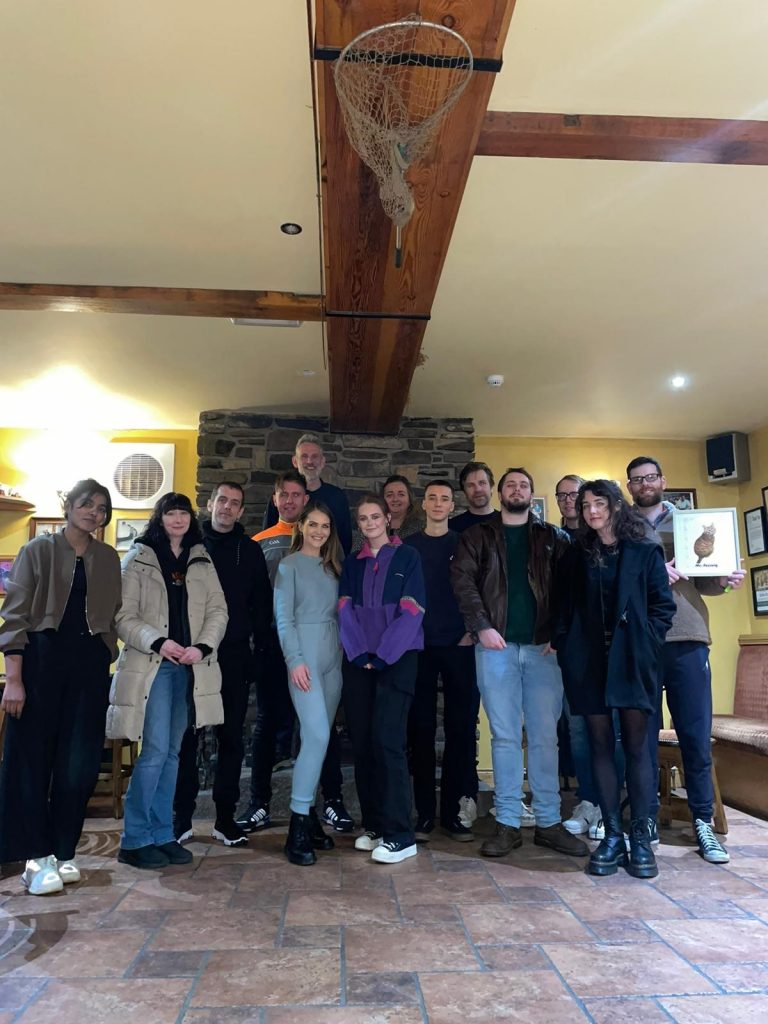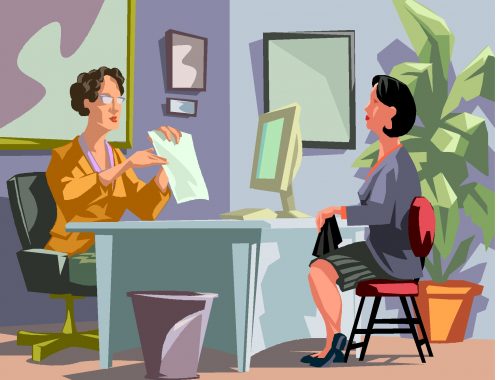Cinematographer an Intimidating Role
My Role
My placement provider asked me to be the cinematographer for a short film he was making with a class he teaches. This was a dark comedy based in rural a bar near Belfast. Within this role I filmed the whole short as well as writing up a shot plan and floor plan. In addition as this film was part of a class, during the shoot I explained to the students my choices for shooting, how the camera works, and how to properly set up the camera and lighting for the shots.
My Feelings on the Experience

Creating shot lists and floor plans was initially dauting as I had little experience of these, and they had to be of the requisite standard. However through practice and taking more time on the tasks the work produced was well laid out and easy to understand.
The fact that “There is only one person who is essential in making a film, and that is the cameraman” (Bottomore, 2012) sums up why I felt overwhelmed with the responsibility of being a cinematographer. As this was a professional shoot in that the students were paying, not only did I have to create good shots for the film, I had to teach the individual students throughout the day how to work the camera and attain the shots needed for the scenes. However I felt that I adapted to the role through the day by taking time to explain the essentials to the students whilst also undertaking my duties as the cinematographer.
Evaluating the Experience
Prior to this day I had not fully appreciated the cinematographers responsibilities, as “the cinematographer manipulates color, light, space, and movement to fashion the frame through which the audience experiences the film” (Khondji & McGrath, 2016). This experience has been of benefit to me as I have been able to practice my cinematography skills within a high pressure work environment. It helped me to focus on my work whilst dealing with additional tasks of teaching students about camera use and lighting. Whilst initially overawed due to the many responsibilities, it was of benefit me to learn to manage and prioritise the days required tasks. So whilst this shoot was stressful, it has given me useful experience of working in an important role on set with a large crew.
The Gibbs Reflective Cycle
I have used the Gibbs Reflective Cycle to reflect on the work as “it offers a way of structuring and sequencing learning to improve the effectiveness of learning from experience” (Gibbs, 1988). This reflective cycle has helped me look back on the shoot analytically and to focus on what I had done well. For instance it helped identify that I had managed to clearly dictate how to block out scenes to the actors in a step by step process. Through this analytical dissection I have seen what I can improve on, for example I need more practice on lighting a scene. This was reflected in my work as I took excess time setting up the lights so the scene was lit correctly. The reflective cycle enables me to reflect on what I need to improve on for future work, which I would not be able to achieve from solely my own thoughts on the experience.
My Plan Going forward

“Cinematographer floor plans, perfectly measured and heartily detailed in illustrations” (Williams & Price, 2016). This statement has helped me to focus on improving my floor plans as they were only basic layouts, which merely served the purpose to demonstrate the blocking and camera positions of the scenes. However I now appreciate that if they were better illustrated the scenes would be clearer to the cast and crew, which shows me in an enhanced light and improves my candidacy for future positions in this role. Working in a large crew was overwhelming at first due to the distraction of many people on set moving around and making noise. However I adjusted to the busy set, managing to differentiate which people I needed to speak with for certain scenes, and how to get their attention. In order to improve further I intend to apply and volunteer for jobs with large crew so I become well accustomed to busy sets.
Conclusion

This shoot gave me some daunting responsibilities but from this I have been able to practice cinematography which I plan to continue in my career. Which this experience should help me to find similar roles at it demonstrates that I have previous experience within the role. The mixture of teaching and working was beneficial as it helped me to focus on each aspect of cinematography, as I had to explain why I would choose the shot lists for each scene, and why I had set up the lights in each relevant array. Whilst it was intimidating having to explain to a large group why I was making these decisions, it made me analyse my choices for the shoot and improved my work as I had to give deeper consideration of the choices as I made. An example was when lighting scenes I had to make sure I covered the three point lighting rule, because if the lighting was flawed the scene would be suboptimal, by default I would also fail with my explanations to the students.

Bibliography
Bottomore, S. (2012). Introduction: Behind the Camera. Film History, 24(3), 255-259. Retrieved March 3rd, 2023, from https://doi.org/10.2979/filmhistory.24.3.255
Gibbs, G. (1988). Learning By Doing. Oxford Brookes University Further Education Unit, 11-12. Retrieved March 4th, 2023, from https://thoughtsmostlyaboutlearning.files.wordpress.com/2015/12/learning-by-doing-graham-gibbs.pdf
Khondji, D., & McGrath, D. (2016). Painting Darkness with Light: An Interview with Darius Khondji. Cineaste, 41(2), 40-43. Retrieved March 3rd, 2023, from http://www.jstor.org/stable/26356496
Williams, & Price, S. (2016). Practical Magic. Film Comment, 52(5), 26-27. Retrieved March 5th, 2023, from http://www.jstor.org/stable/44990369
Orchestrated Chaos.
You May Also Like

The World of Theatre upon Reflection
30 November 2022
Interview a New You! – Becoming an Interview Guru
24 February 2023
